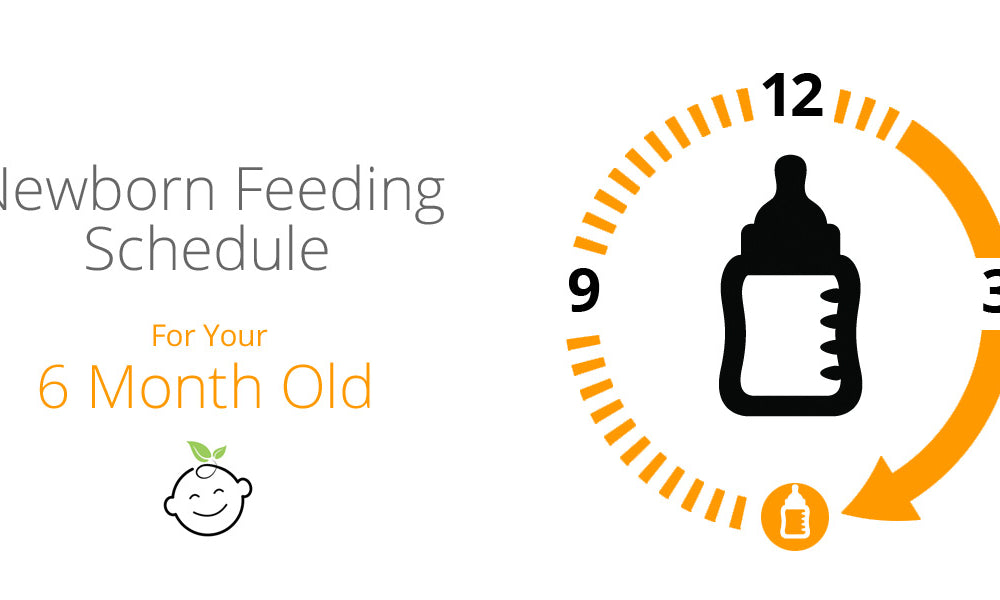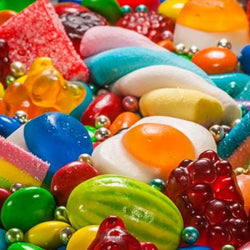6-Month-Old Feeding Schedule
A sample feeding schedule for your 6-month-old baby.

by Baby Earth
Nov 13, 2018
Once your child reaches 6 months of age, it will be time to start adding new foods into his or her diet. This is an exciting milestone as you are finally able to add variety to your child's daily menu.
While you will still feed your child breastmilk or formula four to six times per day (depending on how long your child sleeps at night and how much solid food he or she eats), you will now be able to add in solid foods to his or her diet.
What Solid Food Should I Be Feeding My Child?
When you first start introducing solid food into your child's diet, you'll want to start with a single food -- such as bananas, apples, grain cereal, etc. -- at each meal. Only introducing one food at a time will allow you to watch for reactions to each food. If you start off with a multi-ingredient option and your child reacts, you won't know which food to eliminate from his or her diet. Once you know that your child tolerates a food well, you can create food combinations to fit his or her tastes.
Food at this stage should also be a very thin texture so that your child is able to swallow it without gagging or choking because any texture will be new and foreign to your child.
How Often Should My Child Be Eating Solid Foods?
When you introduce solid foods, you can feed them on the same schedule as the rest of your family -- a breakfast, lunch and dinner. At this early stage, snacks aren't really necessary yet.
Also, don't worry about how much solid food your child is eating at each meal. He or she may not be interested in eating much, and that's OK. At this point, introducing solid foods is simply a way to get your child acclimated to new flavors and textures and not as much about nutrition. Your child should still be getting most of his or her nutrients from breastmilk or formula.
How Often Should I Be Offering Formula or Breastmilk?
Although your child will have a newly varied diet, he or she will still be drinking breastmilk or formula multiple times per day. A formula fed baby will drink formula four to five times per day, and a breastfed baby will breastfeed six or more times per day, depending on a variety of factors such as growth spurts and whether or not the child is sleeping through the night.
How Much Formula or Breastmilk Should My Baby Be Eating At Each Feeding?
At 6 months old, formula fed babies will eat approximately six to eight ounces of formula at each feeding. However, that amount may change depending on how much solid food your child is eating. If your child isn't finishing his or her bottle at each feeding after you've introduced solid foods, it's fine to cut back slightly.
The length of each breastfeeding session will depend on how efficient your child is at nursing. As always, if you're concerned that child isn't getting enough to eat at each feeding, look for these signs:
- Wet diapers: Your child should be wetting five to six diapers per day.
- Steady weight gain: Your child's weight should continue on an upward trajectory throughout the first year.
- Your child seems satisfied: Your baby seems happy and satisfied after each feeding.
Sample Feeding Schedule for Breastfed Baby
7 a.m. - Breastfeed
7:30 a.m. - Breakfast
11 a.m. - Breastfeed
11:30 a.m. - Lunch
2:00 p.m. - Breastfeed
6 p.m. - Breastfeed.
6:30 p.m. - Dinner
9 p.m. - Breastfeed
12 a.m. - Breastfeed
4 a.m. - Breastfeed (This feeding can be eliminated if your child is sleeping through the night.)
Sample Feeding Schedule for a Formula Fed Baby
7 a.m. - Bottle
7:30 a.m. - Breakfast
12 p.m. - Bottle
12:30 p.m. - Lunch
5 p.m. - Bottle
5:30 p.m. - Dinner
9:00 p.m. - Bottle
Remember that these are just sample schedules. You can adjust each schedule to fit your child's needs. If your child is hungry more often during a growth spurt, adjust his or her schedule to meet your child's growing needs.
More Feeding Guide Articles




